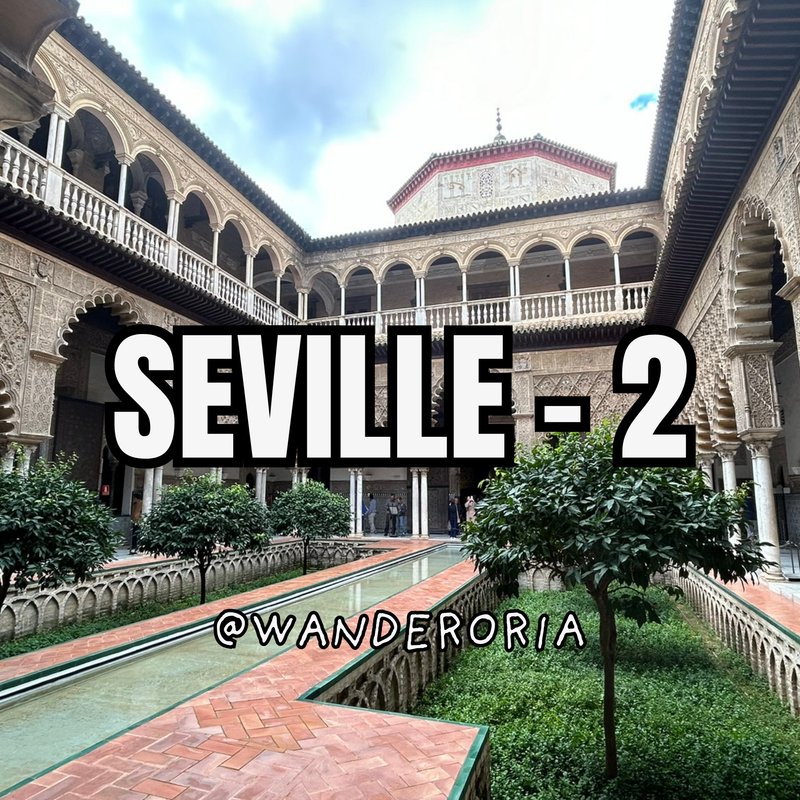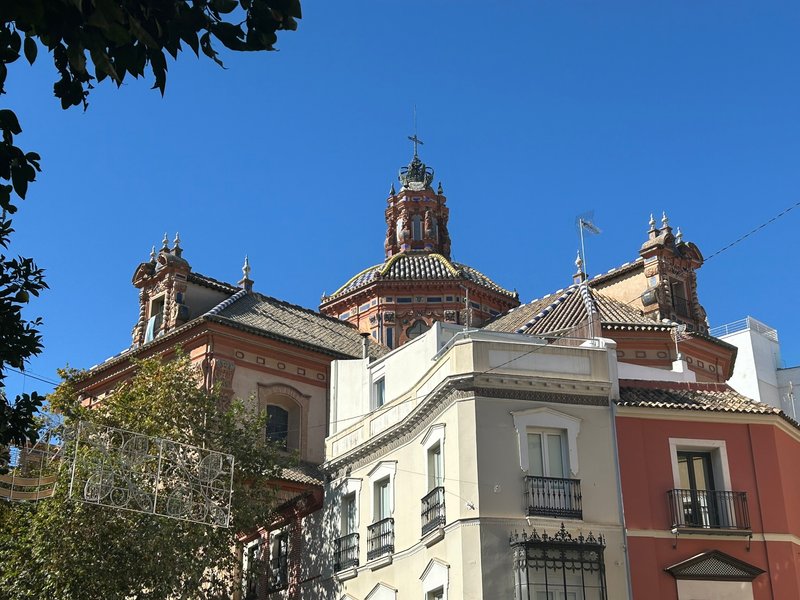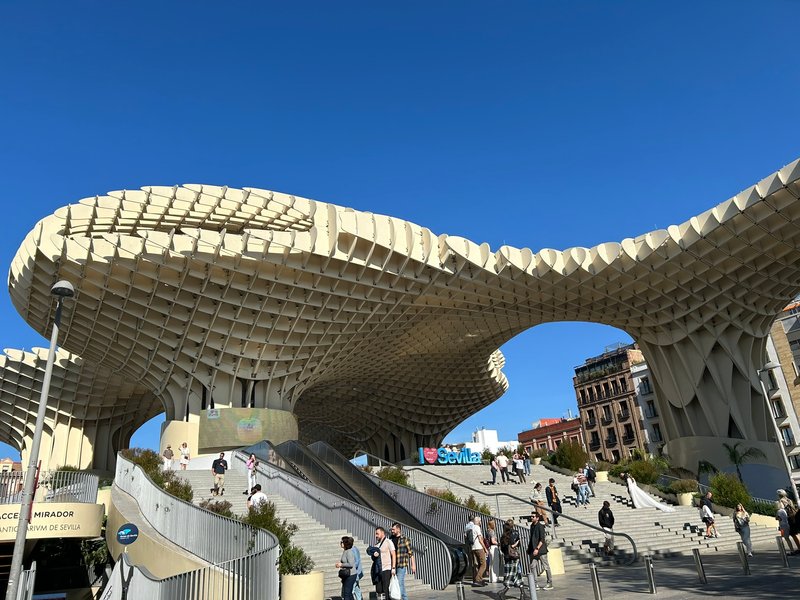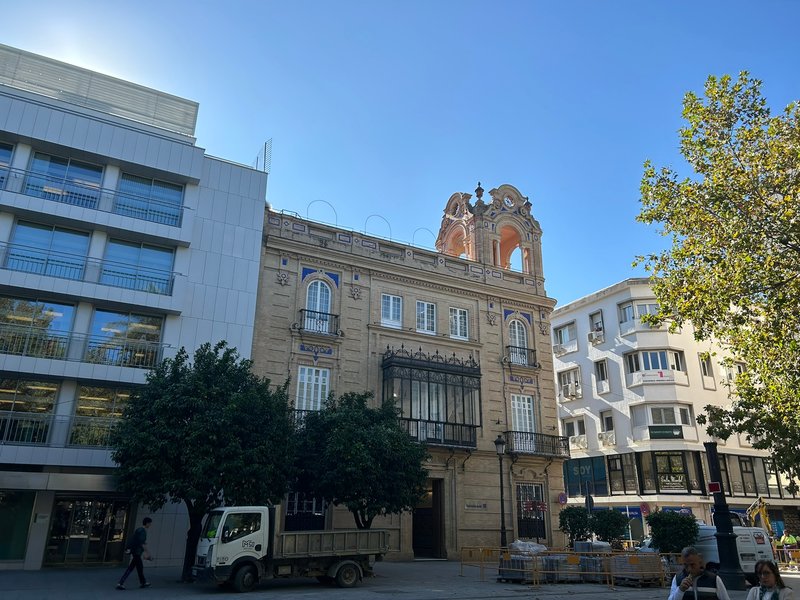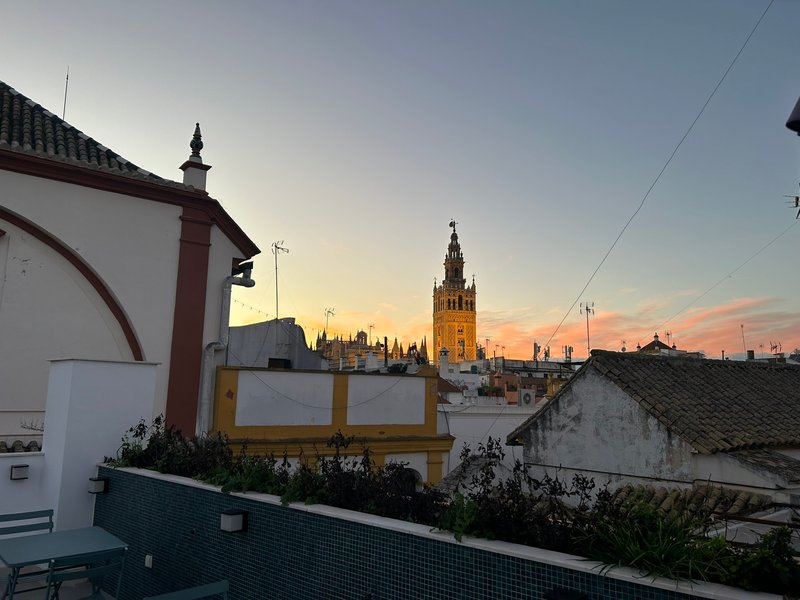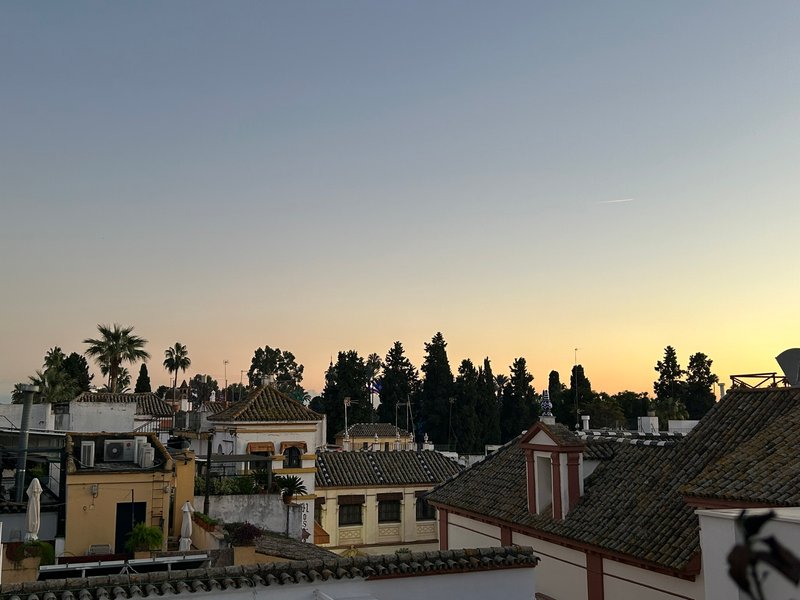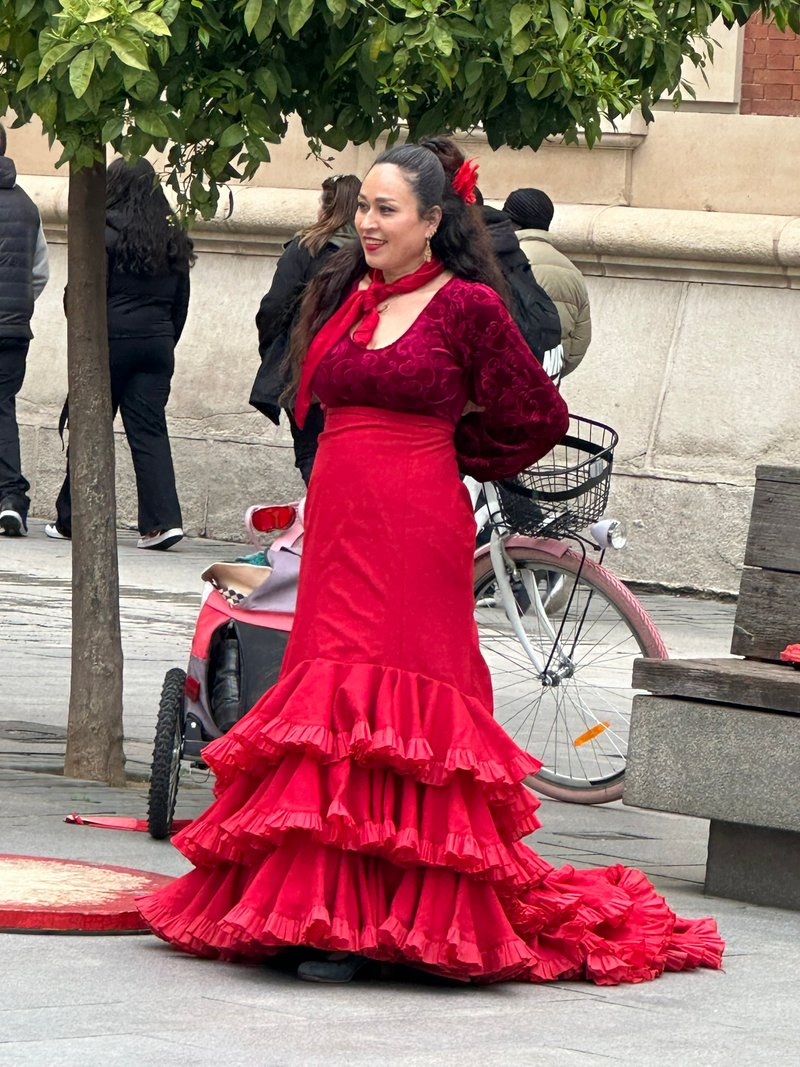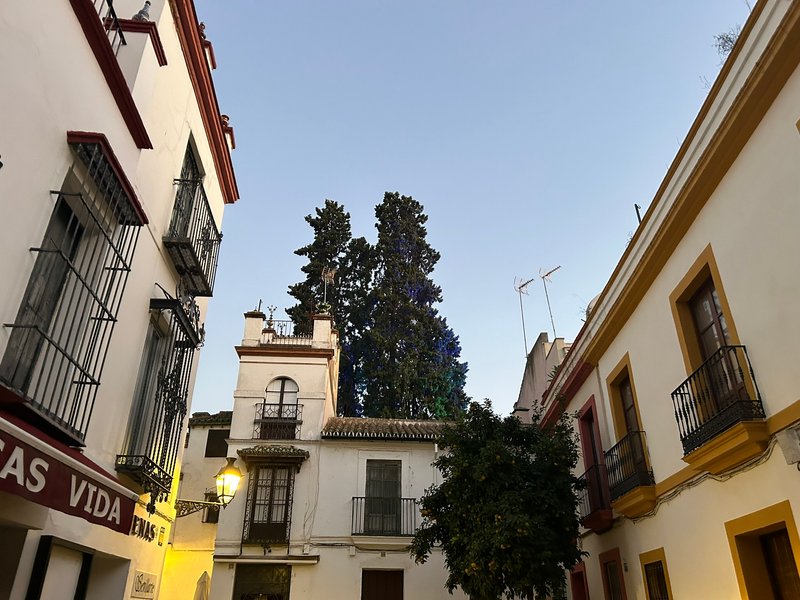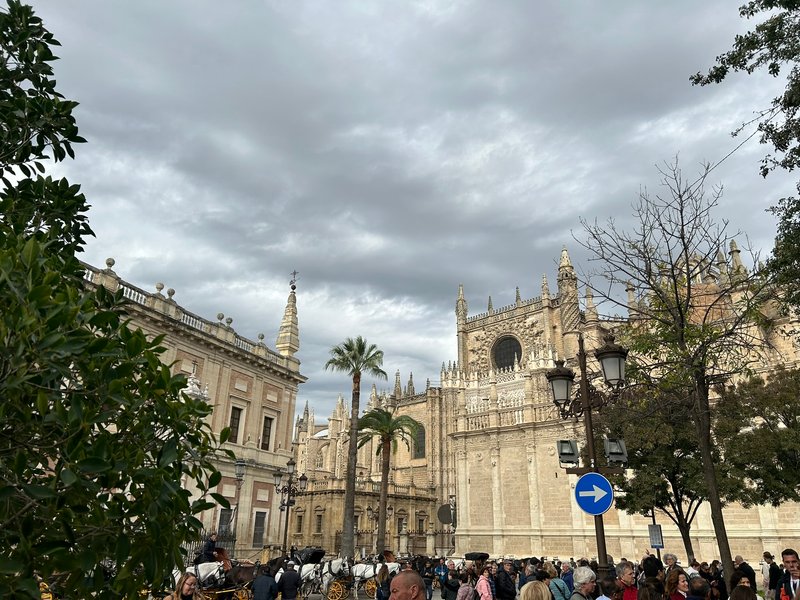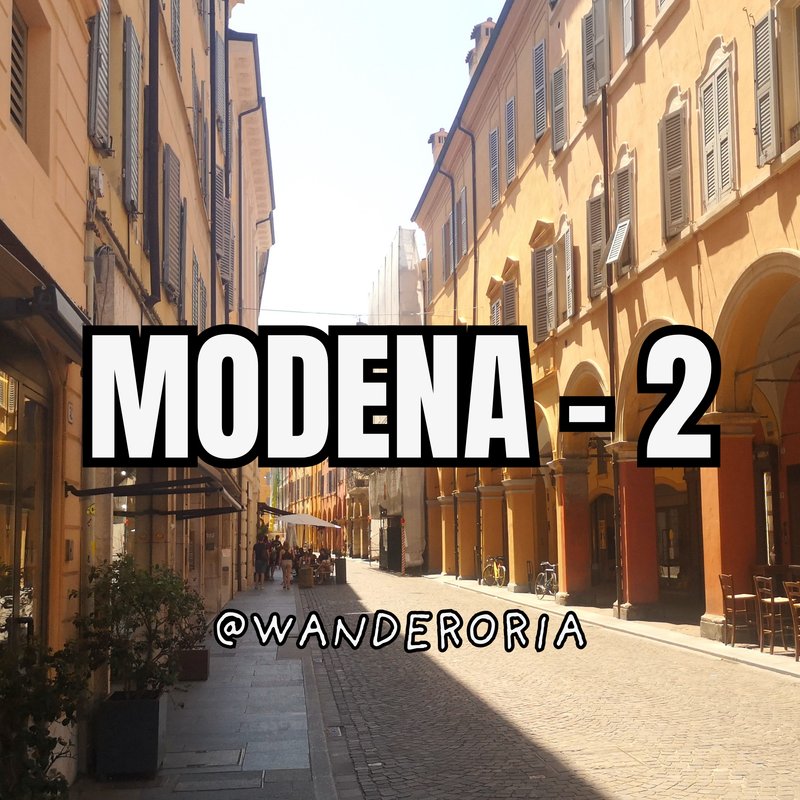A practical travel guide to Sevilla Accommodation – Transportation – Practical Tips
- Introduction
- A practical travel guide to Sevilla
- Notes for first-time visitors
- City Districts
- Santa Cruz & El Arenal: Right in the historic heart, with Alcázar and the Cathedral just steps away
- Alameda & Macarena: Young & energetic, full of tapas bars and street art
- Triana & Los Remedios: The soul of flamenco, a calmer atmosphere by the riverside
- Accommodation Recommendations – (3 options per district)
- Santa Cruz & El Arenal
- Alameda & Macarena
- Triana & Los Remedios
- Alternative Accommodation – Airbnb & Boutique Apartments
- Renting a flat in the historic center
- Advantages for long-term stays
- Alternative Accommodation – Hostels & Backpacker Spots
- The benefit of social atmosphere
- Affordable overnight stays
- Transportation Tips
- Airport → city center (EA airport bus, taxi, private transfer)
- Metro, tram, and bus network practical info
- Tickets & Entry Passes
- Is there a Sevilla Card?
- Advantages of booking tickets online (especially for Alcázar & Cathedral)
- Exploring on Foot
- Easy to walk around the center
- Bike & e-scooter options
- Practical Advice
- Best season to visit
- Average budget breakdown
- Conclusion
-
Introduction – A Practical Travel Guide to Seville
Planning your first trip to Seville can feel overwhelming, especially when it comes to choosing where to stay, how to get around, and what practical details you should know in advance. This vibrant Andalusian city is full of life, from its historic monuments like the Seville Cathedral and Royal Alcázar to its lively tapas bars and flamenco shows.
If you’re visiting Seville for the first time, having a clear and practical guide will help you make the most of your stay. In this article, you’ll find everything you need: the best areas to stay, accommodation options for every budget, useful transportation tips, ticket advice, and insider recommendations on how to explore the city like a local.
👉 Whether you’re here for a weekend city break or a longer holiday, these travel tips will save you time, money, and energy—so you can focus on enjoying Seville to the fullest.
- City Districts – Where to Stay in Seville
Seville is not a very large city, but the neighborhood you choose will shape your entire travel experience. Each district has its own character: some are full of history and landmarks, while others are more relaxed, creative, or local. Here are the three best areas to stay in Seville, with their highlights and who they are best suited for:
🕍 Santa Cruz & El Arenal – The Historic Heart
If it’s your first time in Seville, this is the perfect place to stay. Located right next to the Royal Alcázar and the Seville Cathedral, this district puts you in the middle of the city’s most iconic sights. The narrow cobblestone streets, whitewashed houses, and lively tapas bars create a true Andalusian atmosphere.
✔ Best for: First-time visitors, culture lovers, and anyone who wants to walk to all the main attractions.
🎨 Alameda & Macarena – Young and Energetic
Located a little north of the historic center, this district is known for its alternative vibe. Street art, trendy cafés, local tapas spots, and a buzzing nightlife scene make it popular with younger travelers. Prices for food and accommodation are generally lower than in the touristy center.
✔ Best for: Budget-conscious travelers, backpackers, and those looking for a more local experience.
💃 Triana & Los Remedios – Flamenco Spirit by the River
Across the Guadalquivir River, Triana is the birthplace of flamenco and one of Seville’s most authentic neighborhoods. With its traditional tapas bars, colorful streets, and calmer atmosphere, it offers a more local way of experiencing the city—while still being only a short walk from the center via Triana Bridge.
✔ Best for: Travelers who prefer a quieter stay, cultural explorers, and those wanting a less touristy vibe.
👉 Choosing the right district depends on what kind of trip you want: historic and central, young and lively, or authentic and laid-back.
-
Accommodation Recommendations – Best Places to Stay in Seville
No matter your budget, Seville has a wide variety of accommodation options. From hostels with rooftop bars to charming boutique hotels and luxury stays with cathedral views, the city offers something for every traveler. Here are the top picks for each district:
🕍 Santa Cruz & El Arenal – Stay in the Historic Center
- La Banda Rooftop Hostel (Budget) – Famous for its friendly atmosphere and rooftop bar with stunning views of the Cathedral. Perfect for solo travelers or young backpackers.
- Hotel Amadeus & La Musica (Mid-range) – A boutique hotel set in a historic building with an Andalusian courtyard and music-inspired decor. Elegant and unique.
- EME Catedral Hotel (Luxury) – One of Seville’s most iconic luxury hotels, featuring a rooftop pool overlooking the Cathedral, modern rooms, and a stylish rooftop bar.
🎨 Alameda & Macarena – Trendy & Alternative
- Hostel One Centro (Budget) – Affordable, social, and full of events, making it a great choice for young travelers looking to meet people.
- Hotel Patio de la Alameda (Mid-range) – Located in a charming 19th-century mansion with a traditional Andalusian courtyard and spacious rooms.
- One Shot Palacio Conde de Torrejón (Luxury) – A stunning boutique hotel housed in a baroque palace, combining historic charm with modern design and a pool.
💃 Triana & Los Remedios – Authentic & Local
- Triana Backpackers (Budget) – Colorful, cozy, and set around a traditional patio. Popular with backpackers for its social vibe.
- Monte Triana Hotel (Mid-range) – Spacious and comfortable rooms in a safe neighborhood, just a short walk across the river to the center.
👉 Tip: When booking, always check whether breakfast and free cancellation are included—it often makes a big difference to your travel budget and flexibility.
-
Alternative Accommodation – Airbnb & Boutique Apartments
Hotels aren’t the only way to experience Seville. Over the past few years, Airbnb rentals and boutique apartments have become an increasingly popular choice, especially for those who want more space, flexibility, and a taste of local life.
🏠 Stay in the Historic Center
Renting an apartment in areas like Santa Cruz or El Arenal means waking up to the sight of traditional Andalusian houses, hearing church bells in the morning, and being just steps away from tapas bars and main attractions. It’s the perfect way to feel like a local while still enjoying the convenience of being in the heart of the city.⏳ Perfect for Longer Stays
If you plan to stay in Seville for more than a few days, an apartment can be more cost-effective than a hotel. Having a kitchen and laundry facilities makes a big difference—especially for families or digital nomads who prefer to cook some meals at home and pack lighter.👨👩👧 Ideal for Families & Groups
👉 For those who want comfort, privacy, and a local touch, boutique apartments and Airbnb rentals are an excellent alternative to hotels in Seville.
Traveling with friends or kids? Booking a whole apartment usually works out cheaper than reserving multiple hotel rooms. Plus, it creates a cozy “home away from home” atmosphere where you can all relax together after a day of exploring.
-
Alternative Accommodation – Hostels & Backpacker Spots
Seville is one of the best cities in Spain for budget travelers, and its hostel culture is vibrant, social, and welcoming. Whether you’re traveling solo or just want to meet new people, hostels here offer more than just a bed—they provide experiences.
👥 Social Atmosphere
Most hostels in Seville organize daily activities such as tapas tours, flamenco shows, and pub crawls, making it easy to connect with fellow travelers. Rooftop terraces and cozy courtyards often turn into lively gathering spots in the evenings. A great example is La Banda Rooftop Hostel, where the rooftop bar has become a favorite hangout with views of the Cathedral.💸 Affordable Stays
Dorm beds usually start from €20–30 per night, and many hostels also offer private rooms at lower prices than hotels. This makes them a great option if you want to save money but still enjoy comfort and central locations.🌍 Young & Energetic Vibe
Backpackers and students make up the majority of hostel guests, so expect a lively and international crowd. Places like Triana Backpackers are especially known for their colorful patios and friendly staff, creating a welcoming atmosphere for travelers of all ages.👉 If you’re looking for a budget-friendly stay, a strong social environment, and easy opportunities to make new friends, Seville’s hostels and backpacker accommodations are an excellent choice.
-
Transportation Tips – How to Get Around Seville
One of the best things about Seville is how easy and compact it is to explore. Most of the main attractions are within walking distance, but knowing your transport options will save time and help you plan smarter—especially when arriving from the airport or exploring beyond the city center.
✈️ From the Airport to the City Center
- EA Airport Shuttle Bus: The cheapest option, running every 20–30 minutes between the airport and Plaza de Armas station. The ride takes around 35 minutes and costs about €4 one-way.
- Taxi: A fixed fare of €25–30 will get you straight from the airport to the city center. Perfect if you’re carrying luggage or arriving late at night.
- Private Transfer: Ideal for groups or families who want a hassle-free, door-to-door service.
🚋 Public Transport in Seville
- Metro: Seville only has one metro line, so it’s not particularly useful for most tourists.
- Tram (MetroCentro): Runs through the historic center, connecting Plaza Nueva to San Bernardo. Great for short hops around central Seville.
- Buses (TUSSAM): Cover the entire city and are cheap and reliable. Use apps like Google Maps or Moovit to plan routes easily.
🚲 Alternative Options – Bikes & Scooters
👉 Tip: You probably won’t need public transport much while staying in Seville—walking is the best way to discover the city’s charm. But for airport transfers and longer distances, these options will make your trip smoother.
Seville is one of Spain’s most bike-friendly cities. The Sevici bike-sharing system lets you rent bikes with daily or weekly passes, making it a fun and eco-friendly way to explore. Electric scooters are also widely available through mobile apps.
-
Tickets & Entry Passes – How to Save Time in Seville
Seville is one of the most visited cities in Spain, which means that popular attractions often come with long queues—especially at the Royal Alcázar and the Cathedral with the Giralda Tower. The best way to save both time and stress is to book your tickets in advance.
🎟️ Why Buy Tickets Online?
- Skip the lines: Waiting times for the Alcázar can easily reach over an hour. With an online ticket, you can head straight to the entrance.
- Plan your day: Many tickets are timed-entry, which helps you organize your itinerary without wasting time.
- Mobile convenience: Most attractions accept QR codes on your phone, so there’s no need to print tickets.
💳 Is There a Sevilla Card?
Unlike some other Spanish cities, Seville does not currently have an official “Sevilla Card.” However, there are combined passes available through local tour companies. These often bundle entry to the Alcázar, the Cathedral, and other landmarks, sometimes including guided tours. If you plan to visit multiple sites in one day, these passes can be very convenient.📌 Insider Tips
- Buy Alcázar tickets online as early as possible, since daily visitor numbers are limited.
- Visit the Cathedral early in the morning to avoid peak crowds.
- For flamenco shows at popular tablaos, book in advance—last-minute tickets often sell out.
-
Exploring on Foot – The Best Way to Discover Seville
Seville is a city made for walking. Its compact historic center, pedestrian-friendly streets, and endless hidden corners make strolling the best way to experience its charm. If you enjoy slow travel and discovering places at your own pace, you’ll love how walkable Seville is.
👣 Easy Walks in the City Center
Most of Seville’s main attractions—like the Cathedral, Giralda Tower, and the Royal Alcázar—are clustered together in the historic heart. From there, you can easily wander into the narrow lanes of Santa Cruz, discover small plazas, and stop at tapas bars along the way. You won’t need public transport to explore the old town.🚲 Biking and Scooters
To cover more ground, Seville is one of the most bike-friendly cities in Spain. The Sevici bike-sharing system allows you to rent bicycles with a daily or weekly pass. It’s a fun and eco-friendly way to explore areas like Maria Luisa Park or along the Guadalquivir River. Electric scooters are also widely available through mobile apps, perfect for short rides.🌆 Evening Strolls
👉 Walking through Seville isn’t just a way to get from A to B—it’s part of the experience. Let yourself wander without a strict plan; you might stumble upon a hidden courtyard, a quiet church, or your new favorite tapas spot.
Don’t miss exploring Seville after sunset. The Triana Bridge is especially beautiful in the evening, with the river reflecting the lights of the city. Neighborhoods like Alameda also come alive at night, with tapas bars and terraces buzzing with locals.
-
Practical Advice – Tips for a Smooth Trip to Seville
A little preparation goes a long way in Seville. From choosing the right season to budgeting for daily expenses, these practical tips will help you enjoy the city without surprises.
🌤️ Best Time to Visit
- Spring (March–May): The most beautiful season, with orange blossoms filling the air and events like Feria de Abril. Comfortable weather makes it perfect for sightseeing.
- Summer (June–August): Be prepared for extreme heat—temperatures often reach 40°C (104°F). Plan sightseeing for early mornings or evenings, and spend midday indoors.
- Autumn (September–November): A great time with warm weather, fewer crowds, and cheaper accommodation.
- Winter (December–February): Mild compared to the rest of Europe, with fewer tourists and lower prices.
💶 Average Daily Budget
- Accommodation: Hostels from €20–30, mid-range hotels €80–120, luxury hotels €180+.
- Food & Drinks: Tapas plates for €2–3, full meals €15–25 per person. Local beer or wine ~€2.
- Transport: Most of the city is walkable. Airport shuttle €4, taxi €25–30.
- Attractions: Alcázar ~€15, Cathedral & Giralda ~€12–15.
📌 Useful Tips
- Many shops and restaurants close in the afternoon for siesta (around 2–5 PM)—plan your meals accordingly.
- Instead of sitting at one restaurant, follow the tapas-hopping tradition: try one or two dishes at several bars.
- Stay hydrated, especially in summer, and always carry a reusable water bottle.
👉 With the right timing, a smart budget, and a few insider habits, your Seville trip will be not only memorable but also stress-free.
-
Conclusion – Your Essential Guide to Seville
Seville is a city that combines history, culture, and everyday charm in a way few places can. By choosing the right neighborhood to stay in, planning your transport ahead of time, and booking tickets online, you’ll save yourself both time and money—leaving more space to truly enjoy the experience.
To recap:
- Where to stay: Santa Cruz & El Arenal for history, Alameda & Macarena for a youthful vibe, Triana & Los Remedios for authentic local life.
- How to get around: Most of Seville is walkable, but airport shuttles, taxis, and bikes are useful extras.
- Tickets & passes: Book online, especially for the Alcázar and Cathedral, to skip long queues.
- When to visit: Spring and autumn are the most pleasant, but winter is great for fewer crowds and better deals.
- Budget tips: From tapas-hopping to staying in a hostel or Airbnb, Seville can fit both shoestring and luxury budgets.
